Potting media?
drmedica
18 years ago
Related Stories
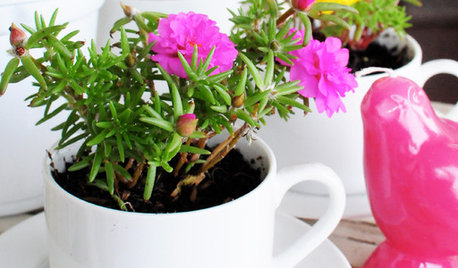
CONTAINER GARDENSDIY Project: Teacup Planter Pots
Add a riot of color to a windowsill, table or balcony by repurposing old cups and saucers as little planter pots
Full Story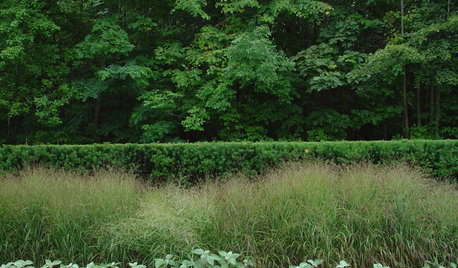
GARDENING GUIDESGreat Design Plant: Taxus x Media ‘Hicksii’
Need a strong, silent type in your garden? Hicks yew may be your perfect match
Full Story
FUN HOUZZA Sports Bar in the Family Room
Stadium seating, 4 TVs, a corner booth steps from the beer ... these Cincinnati fans went long on building their dream game-watching room
Full Story
PLANTING IDEASStretch the Budget, Seasons and Style: Add Conifers to Your Containers
Small, low-maintenance conifers are a boon for mixed containers — and you can transplant them to your garden when they’ve outgrown the pot
Full Story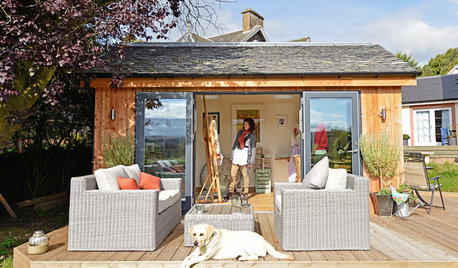
MOST POPULAR11 Nominees for the ‘She Shed’ Hall of Fame
These special sanctuaries let busy women get away from it all without leaving the backyard
Full Story
BASEMENTSHouzz Tour: Swank Style for a Fully Stocked Basement
Tucking into plush seating or the steam shower, curling up with wine or a movie, these homeowners can do it in utmost comfort
Full Story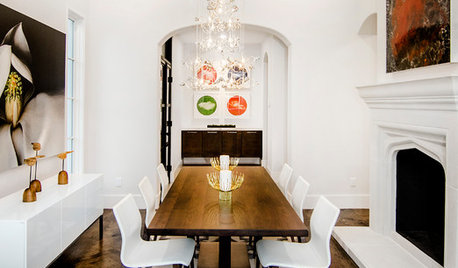
DINING ROOMSNew This Week: Proof the Formal Dining Room Isn’t Dead
Could graphic wallpaper, herringbone-patterned floors, wine cellars and fire features save formal dining rooms from extinction?
Full Story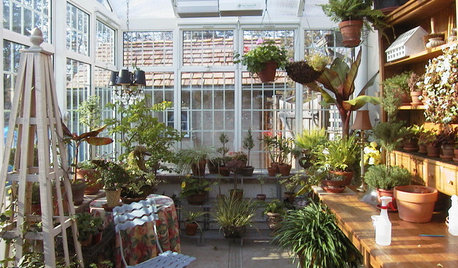
GARDENING AND LANDSCAPING13 Inspiring Ideas for Backyard Sheds
Whether you love an inspiring backyard retreat or just need a spot to stow a hoe, these great outdoor sheds have some ideas for you
Full Story
MAN SPACESWhy Men Really Do Need a Cave
Don't dismiss cars, bars and the kegerator — a man space of some kind is important for emotional well-being at home
Full Story
MORE ROOMSThe Den Makes a Comeback
Cozy up in a small room with wood paneling, fireplace and furniture meant for reading and conversation
Full Story





Embothrium
annebert
Related Professionals
Forest Acres Landscape Architects & Landscape Designers · Hershey Landscape Architects & Landscape Designers · Tomball Landscape Architects & Landscape Designers · Peabody Landscape Contractors · Gloucester Landscape Contractors · Hoffman Estates Landscape Contractors · Mendota Heights Landscape Contractors · Middletown Landscape Contractors · New Berlin Landscape Contractors · New Braunfels Landscape Contractors · Peoria Landscape Contractors · Teaneck Landscape Contractors · Woodland Landscape Contractors · Canton Driveway Installation & Maintenance · Royal Oak Driveway Installation & Maintenancetapla (mid-Michigan, USDA z5b-6a)
Embothrium
drmedicaOriginal Author
tapla (mid-Michigan, USDA z5b-6a)
Embothrium
tapla (mid-Michigan, USDA z5b-6a)
pickwick
tapla (mid-Michigan, USDA z5b-6a)
drmedicaOriginal Author
annebert
pickwick
drmedicaOriginal Author
ninamarie